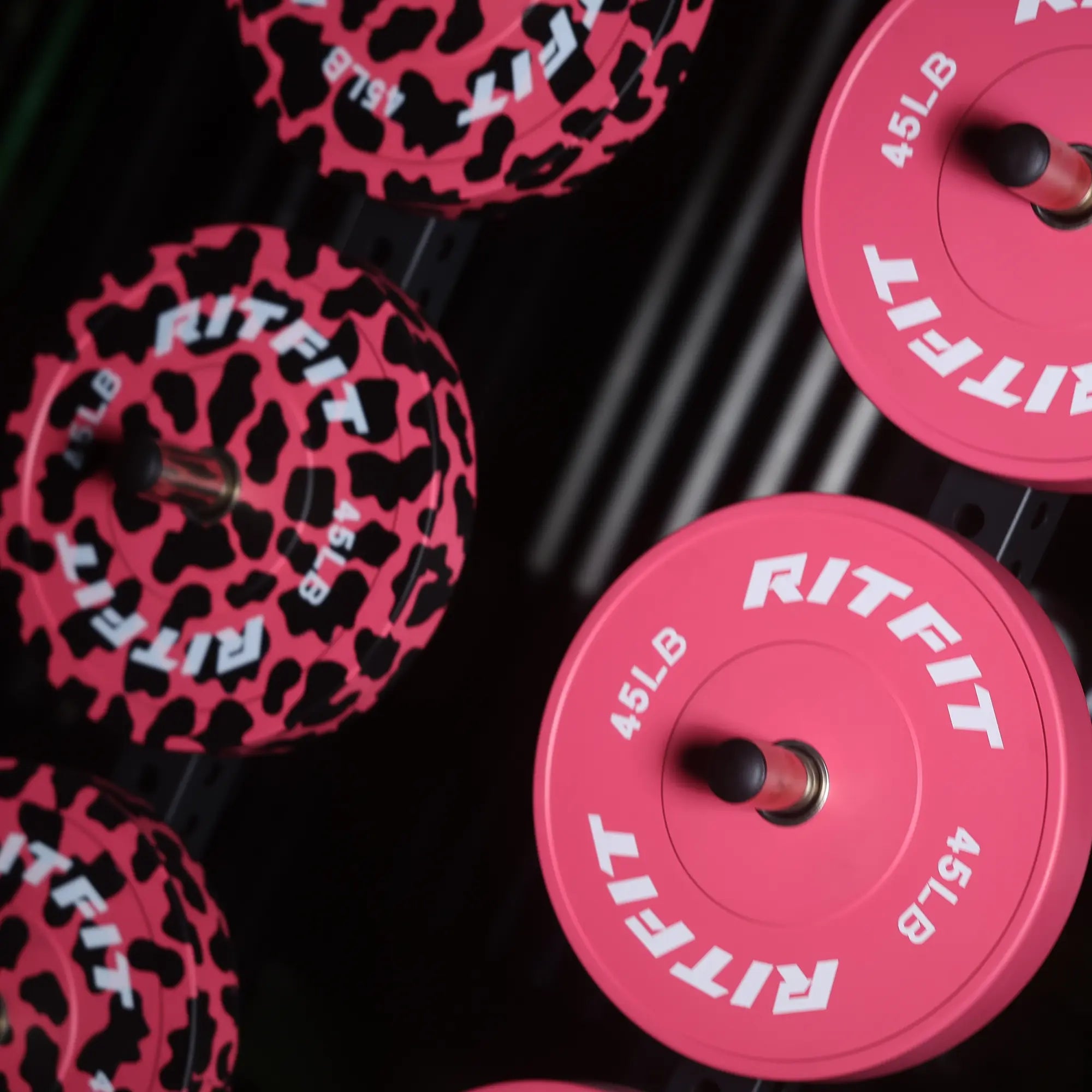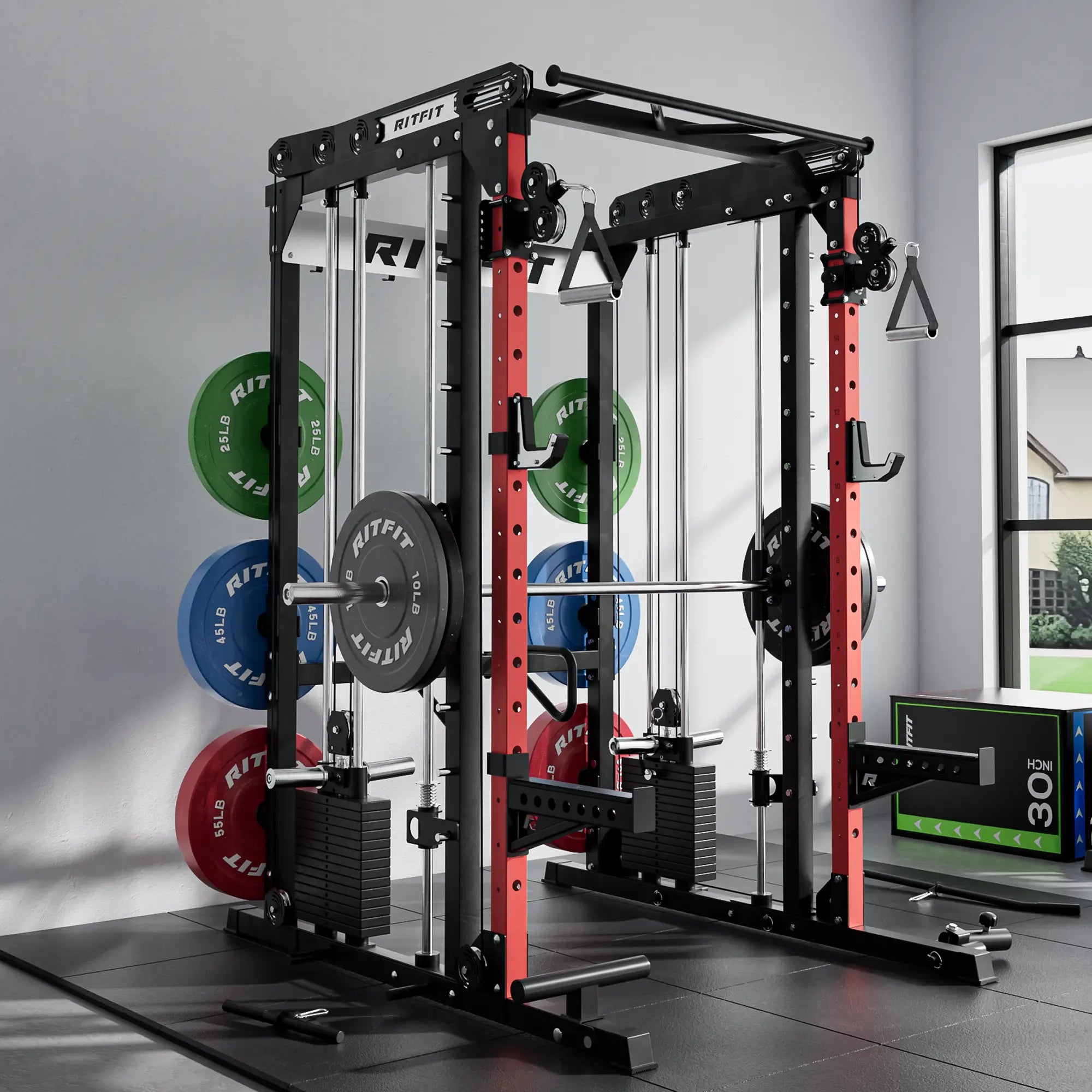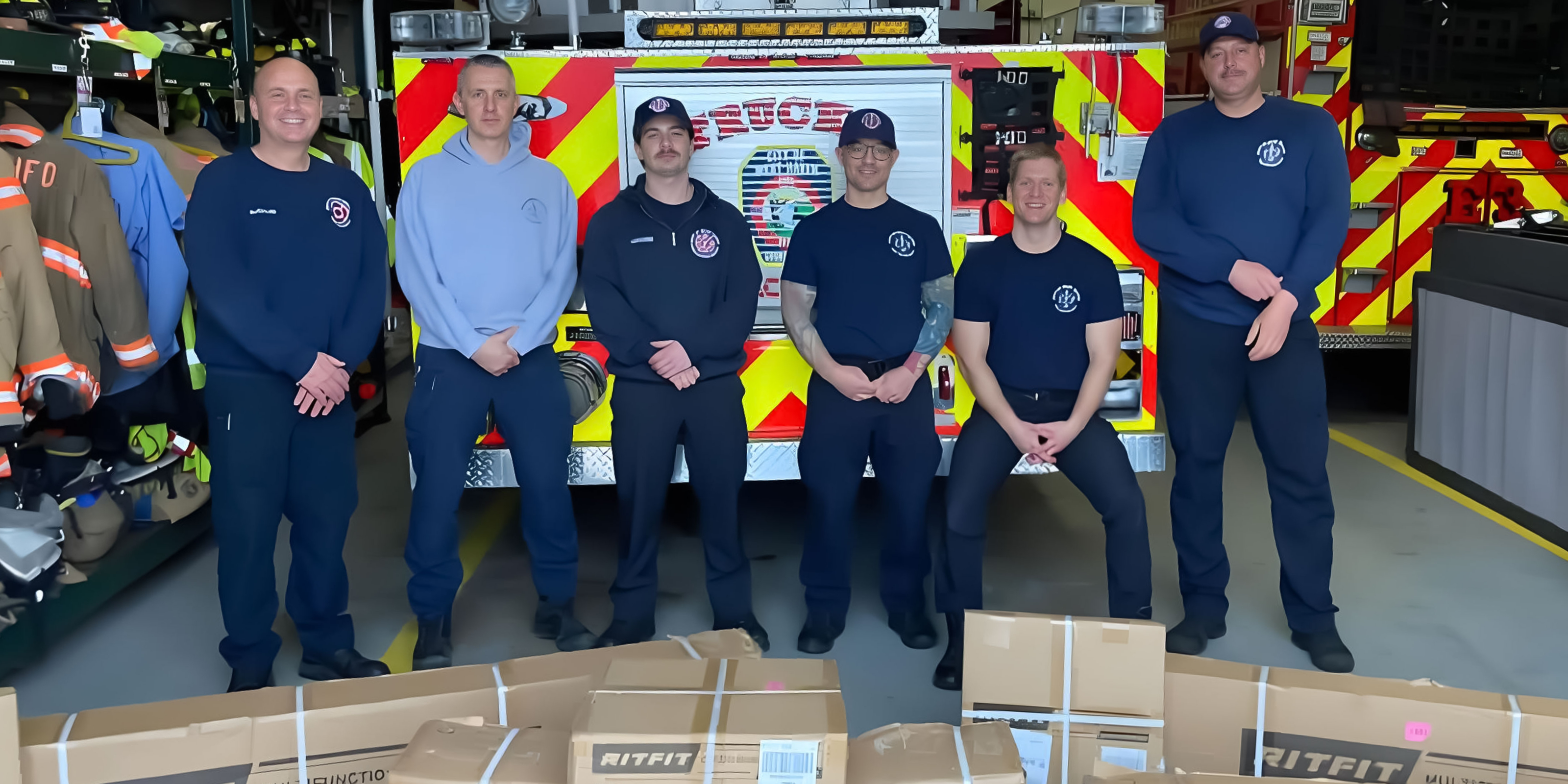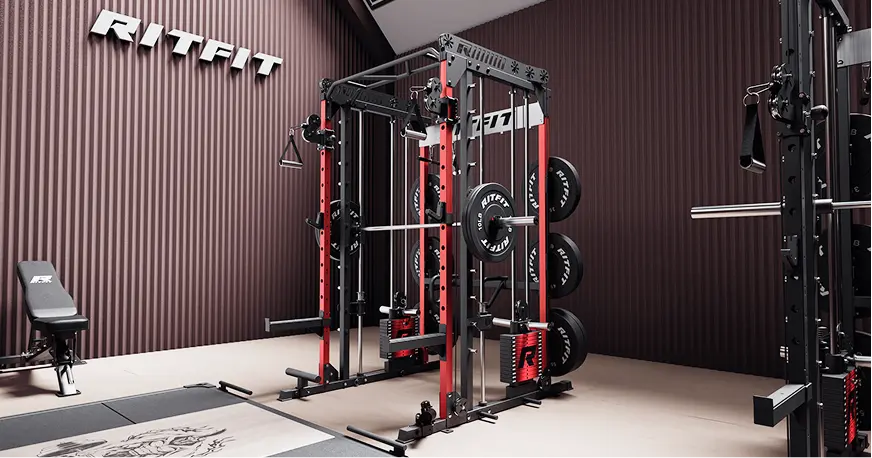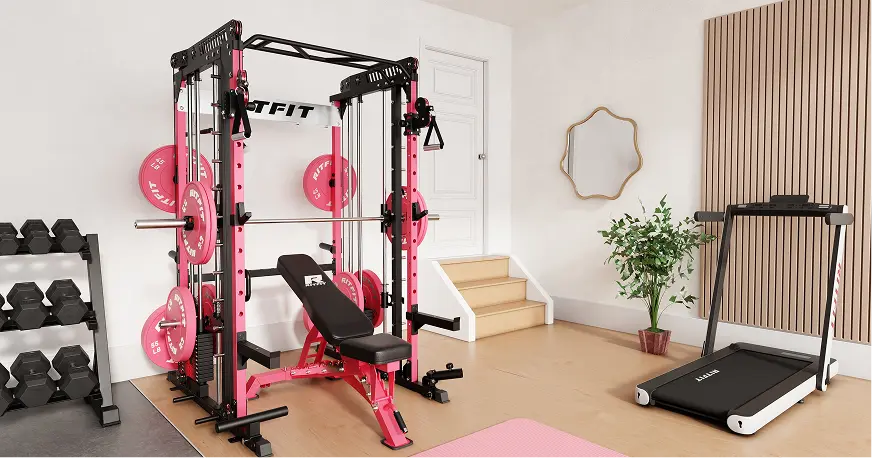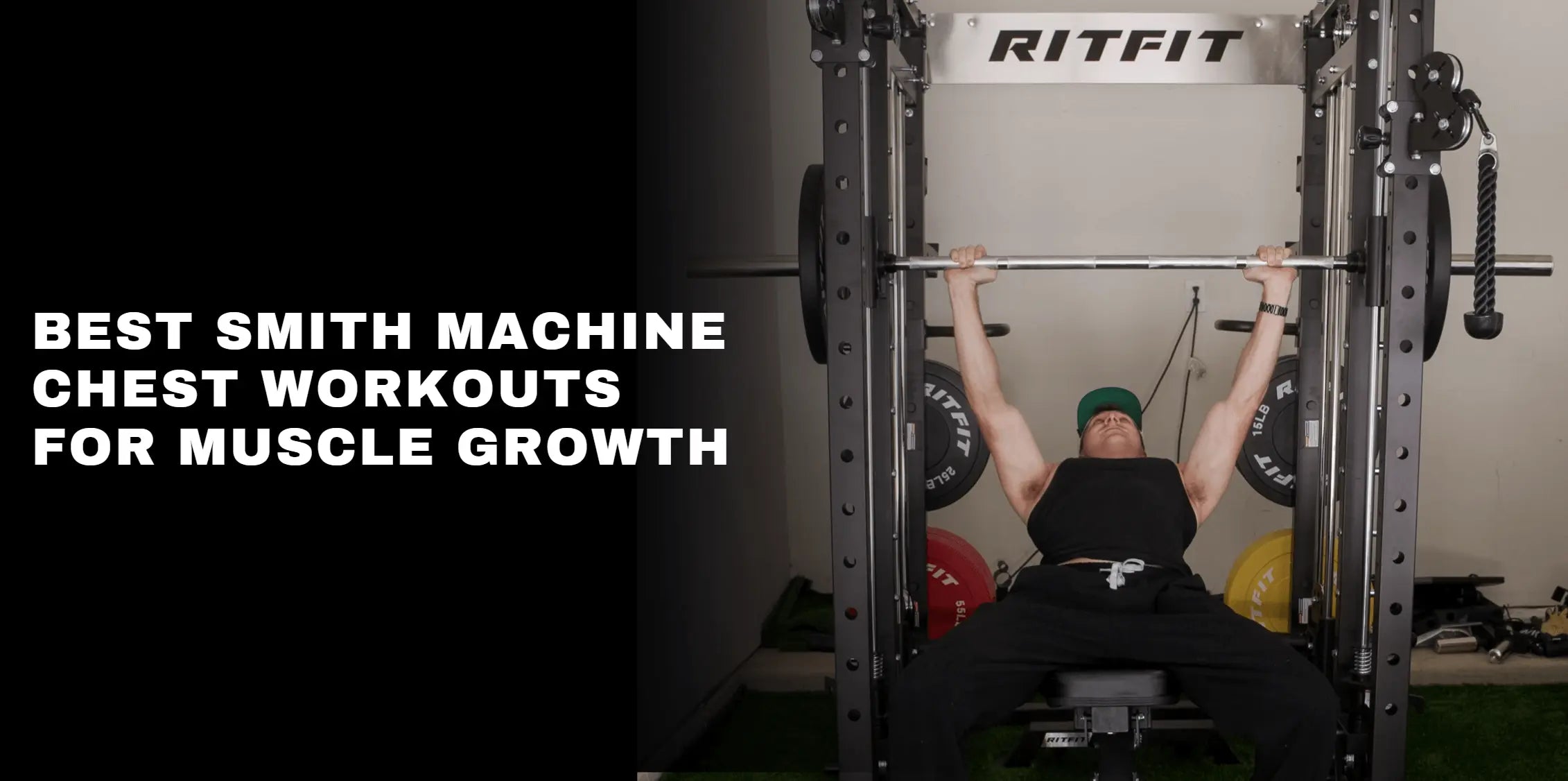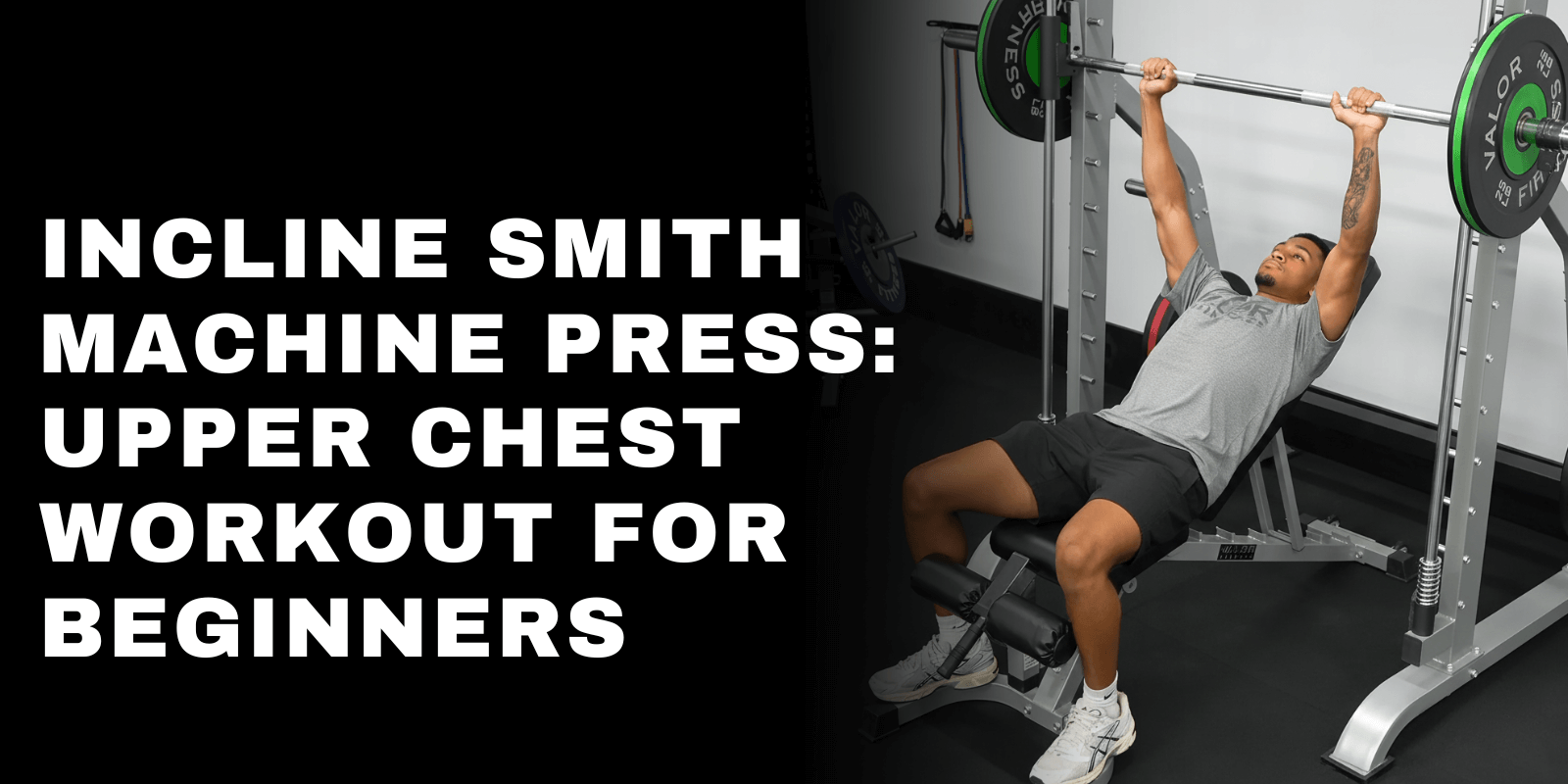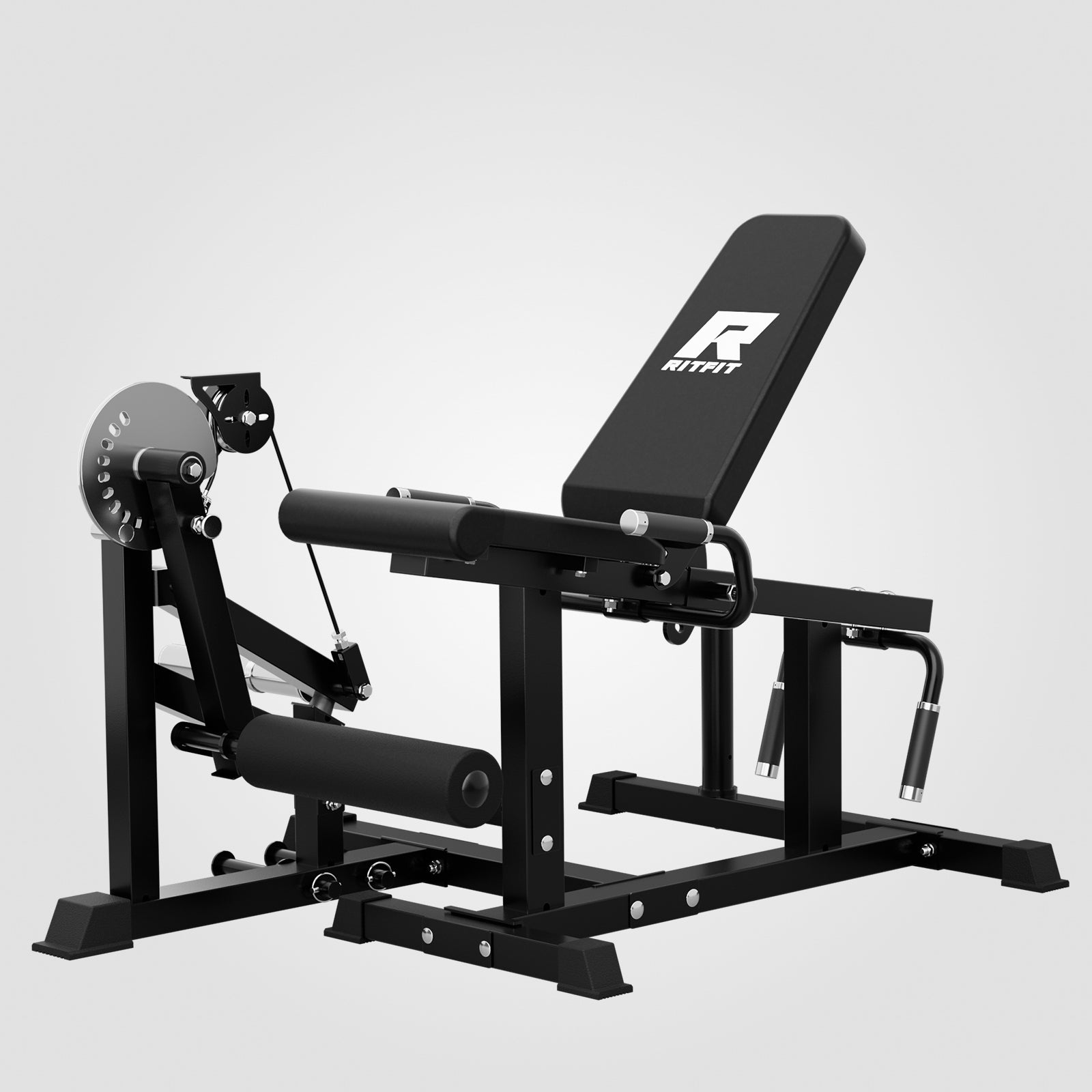Table of Contents
If you’ve been hammering regular bench but your chest still looks flat, it’s time to let the Smith machine do some of the heavy lifting for you. In this guide to Smith Machine Chest Workouts, I’ll walk you through exactly how to set up, press, and pull so you hit your pecs, not your joints, with every rep and finally see the shape and size you’ve been chasing.
Think of this as your step-by-step field manual: which smith machine exercises to use, how to position your body, and what small tweaks actually change where you feel the burn. By the end, you’ll know how to turn that guided bar into a precise tool for upper-chest pop, deeper pec lines, and stronger, safer pressing sessions.
The Benefits of Smith Machine Chest Workouts
Smith machine chest workouts are a smart way to build size and definition while keeping your shoulders a little happier. With the bar locked into a fixed path, you can push hard into your chest training without worrying as much about balance or spotters.
Increased Stability for Better Chest Activation
Because the Smith machine guides the bar, you don’t have to waste energy fighting to stabilize it. That frees you up to slow the rep down, control the tempo, and really load the chest fibers instead of letting your shoulders and triceps take over.
Safer Pushing for Shoulders and Joints
The fixed bar path can reduce those wobbly, awkward reps that irritate the front of the shoulder. You can also fine-tune bar height and range of motion to avoid painful angles while still hitting the pecs hard.Meta-analysis shows that machine and free-weight training are equally effective for strength and hypertrophy, while machines may reduce joint discomfort[1].
Easier Progressive Overload
Smith machine chest workouts make it simple to track and increase weight in small, consistent jumps. That kind of controlled progression is exactly what you need to build more muscle thickness and pressing strength over months of training.
Better Mind–Muscle Connection and Symmetry
With less need to stabilize, you can fully concentrate on squeezing the upper and mid-chest through every inch of the rep. This improves the mind–muscle connection and helps correct left–right imbalances that often show up with free-bar benching.
Muscles Worked by the Smith Machine Chest Workouts
Smith machine chest workouts mainly target your pecs, but they also recruit a whole team of pushing and stabilizing muscles. Understanding who’s doing what helps you tweak angles and grips to build the chest shape and strength you actually want.
Primary Muscles
Pectoralis Major – Sternal Head (Mid–Lower Chest)
This is the thick, central portion of your chest that drives most of the pressing power. Flat and slight decline, Smith presses load this area heavily, helping you build that dense, full chest from the sternum out to the armpits.
Pectoralis Major – Clavicular Head (Upper Chest)
The upper chest kicks in more when you use an incline bench on the Smith machine. Emphasizing this region gives your chest that “lifted,” squared look and ties in visually with the shoulders and collarbone.
Accessory Muscles
Anterior Deltoids (Front Shoulders)
Your front delts assist every press by helping lift and guide the bar path. Strong, well-trained delts not only boost pressing strength but also improve shoulder stability for safer heavy work.
Triceps Brachii
The triceps come into play more as you lock out each rep, particularly on heavier sets. The stronger your triceps, the faster and smoother you will send your bars through the upper range and, in turn, improve your overall pushing power.
Serratus Anterior and Stabilizers
As muscles, including the serratus anterior, wrap around the scapula, they will keep your shoulder blades from moving around too much against the bench. This stability is what allows your chest to contract harder and eliminates unnecessary strain on the shoulder joint as time goes on.
Best Smith Machine Chest Workouts
Smith Machine Bench Press
Muscles Worked:
Pectoralis Major, Anterior Deltoids, Triceps, Serratus Anterior
How to do:
- Place the bench flat beneath the smith bar so that it aligns with approximately mid chest.
- Hold the bar just outside shoulder-width with straight wrists and feet in a strong position.
- Remove bar from rack, lower to mid-chest under control with elbows at approximately 45 degrees.
- Press the bar back up, pushing with your chest and locking out without shrugging.
Pro Tips:
- Maintain the shoulder blades retracted and depressed into the bench for the entire set.
- Pause for a second at the bottom to eliminate bouncing and emphasize chest involvement.
- Begin lighter than your free weight bench to get the feel of the Smith bar path first.
Workout Routine for Beginners:
- Sets: 3–4
- Reps: 8–12
- Rest: 60–90 seconds
Smith Machine Chest Press
Muscles Worked:
Pectoralis Major, Anterior Deltoids, Triceps, Core Stabilizers
How to do:
- Set the bench (most often flat, or just a slight incline) and your bar position in such a manner that when you unrack it, the handles are positioned at mid-chest height.
- Grasp the bar with an even grip, brace your abdominals, and unrack to a fully extended position.
- Bring the bar down in a straight, controlled motion to your chest.
- Push back up, making sure to maintain hip and upper-back contact with the bench.
Pro Tips:
- Keep your elbows in slightly (don't flare them wide) to protect the shoulders.
- Make sure you use slow negatives (3 – 4 seconds down) to really load those pecs up.
- Don’t pursue ego weight; concentrate on smooth, pain-free reps.
Workout Routine for Beginners:
- Sets: 3
- Reps: 10–12
- Rest: 60–90 seconds
Smith Machine Incline Close-Grip Press
Muscles Worked:
Upper Pectoralis Major, Triceps Brachii, Anterior Deltoids, Serratus Anterior
How to do:
- Set up a low–mod incline (15–30°) on the bench in the Smith machine, so that the bar will be plumb with your upper chest.
- Form a close grip on the bar (inside shoulder-width) with elbows stacked over wrists.
- Unrack the bar and lower it under control down to the upper chest, with elbows tucked in.
- Drive the bar back up, pushing through your triceps and upper chest without shrugging.
Pro Tips:
- Squeeze your shoulder blades back and down, maintaining tension on the chest, not shoulders.
- Don’t lock at the top if you want to maintain constant tension on the pecs and triceps.
- Do not bounce at the bottom; instead, utilize a controlled tempo, especially on heavier sets.
Workout Routine for Beginners:
- Sets: 3
- Reps: 8–12
- Rest: 60–90 seconds
Smith Machine Cable Fly
Muscles Worked:
Pectoralis Major (Mid and Upper), Anterior Deltoids, Biceps (Stabilizing), Serratus Anterior
How to do:
- Adjust the height of the cable pulleys to just below your shoulder and stand between the pulleys with just one foot.
- Take hold of the handles, step forward to a split stance with a slight bend in the elbows.
- Sweep your arms down in a large circular movement to bring the handles together in front of your chest.
- Press the chest firmly at the middle and slowly go back to the stretched position.
Pro Tips:
- Picture hugging a big tree, and ensuring that the elbows are not straightened out to their maximum.
- Try not to let the weights slam down – control the eccentric to maximize chest activation.
- Lean more forward/upright to emphasize mid vs. upper chest.
Workout Routine for Beginners:
- Sets: 3
- Reps: 12–15
- Rest: 45–60 seconds
Smith Machine Landmine Press
Muscles Worked:
Upper Chest, Anterior Deltoids, Triceps, Core, Serratus Anterior
How to do:
- Attach a bar to the landmine attachment so that one end is in place and discs can be placed on the other end.
- Position one foot slightly in front of the other and hold the end of a bar (or another straight object) with two hands at chest level.
- Brace your core, and press the bar up in a slight arc, flaring your elbows out.
- Return the bar down under control, your upper chest, not letting your ribs collapse.
Pro Tips:
- Be sure to keep your ribs down and abs tight so you don't overarch through your lower back.
- Hinge forward just a bit so that the press is aligned more directly over your upper chest fibers.
- Work on pushing “up and away,” not merely up, as in an athletic pressing pattern.
Workout Routine for Beginners:
- Sets: 3
- Reps: 8–12
- Rest: 60–90 seconds
Common Mistakes to Avoid in Smith Machine Chest Workouts
Smith machine chest workouts can be a powerful tool for building size, shape, and strength as long as you’re not letting bad habits sneak in. Because the bar path is fixed, some lifters get lazy with setup and technique, which quietly drains gains and ramps up joint stress.
To keep your chest growing and your shoulders happy, watch out for these common mistakes below.
Letting the Bar Path Dictate Your Joint Position
The smith gives you a fixed path, but your joints still have to line up well with it. If the bar is too high or too low on your chest, you’ll shift stress into the shoulders instead of the pecs.
Flaring the Elbows Too Wide
Cranking your elbows out at 90 degrees might make the set feel “chesty,” but it also cranks on the front of the shoulder. A slight tuck (about 30–45 degrees) lets you load your pecs hard without grinding the joint.
Half-Repping Just to Move More Weight
Short, bouncy reps look heavy but usually mean your chest isn’t getting full stimulation. Control the descent, pause briefly near the chest, and press through a solid range of motion you can own without pain.
Losing Scapular Position on the Bench
Letting your shoulder blades float around or shrugging toward your ears cuts chest activation and increases strain on the front delts. Think “back and down” with the scapulae and keep that position locked in for the whole set.
Ignoring Tempo and Time Under Tension
Rushing every rep turns a precise hypertrophy tool into a sloppy ego lift. Slow the negative, squeeze at the top, and use Smith’s stability to dial in real mind–muscle connection.Evidence indicates that slow eccentric motion and controlled time under tension are effective for hypertrophy, whether using machines or free weights[2].
Smith Machine Chest Workouts Tips
Smith machine chest work lets you push heavy and chase shape with more control and less chaos than a free bar. To really cash in on that advantage, you need to be intentional about setup, exercise order, and how you move each rep.
To squeeze more results out of every set, keep these practical tips in mind.
Start Your Session With Compound Presses
Open your workout with heavy Smith presses while your nervous system is fresh. This lets you load the bar safely, drive progressive overload, and set the tone for the more focused isolation work that follows.
Prioritize Incline Work for Upper-Chest Shape
If you want that lifted, squared look, hit incline smith presses early in the session. Training the clavicular (upper) chest first makes sure it isn’t just an afterthought once you’re already fatigued.
Dial In Bench and Bar Position Before You Lift
Take the extra 30 seconds to slide the bench so the bar tracks over mid-to-upper chest, not your throat or stomach. A good setup lines the bar path with your shoulder joint and keeps stress where you want it: the pecs.
Play With Tempo, Not Just Load
Slow, controlled negatives and a slight pause near the chest can make moderate weight feel brutally effective. Using tempo helps you build mind–muscle connection, especially if you tend to “bounce” reps.
Use Safety Stops to Push (Safely) Near Failure
Set the safety pins just below your lowest comfortable range so you’re not pinned under the bar. This lets you confidently chase hard sets near failure without needing a spotter every time.
Final Thoughts
This blog breaks down the best Smith machine chest workouts to build size, shape, and strength while protecting your shoulders. You’ll learn which exercises to use, how to perform them safely, which muscles they hit, plus the key mistakes and pro tips that actually move the needle.
If you’re serious about a fuller, more defined chest and stronger pressing, start weaving Smith Machine Chest Workouts into your weekly plan. Pick two or three of these moves, plug them into your push or upper-body day, and commit to progressing the load and tempo week by week.
Reference
- Haugen, M.E., Vårvik, F.T., Larsen, S. et al. Effect of free-weight vs. machine-based strength training on maximal strength, hypertrophy and jump performance – a systematic review and meta-analysis. BMC Sports Sci Med Rehabil 15, 103 (2023). https://doi.org/10.1186/s13102-023-00713-4
- Marzilger R, Bohm S, Mersmann F, Arampatzis A. Effects of Lengthening Velocity During Eccentric Training on Vastus Lateralis Muscle Hypertrophy. Front Physiol. 2019;10:957. Published 2019 Jul 31. doi:10.3389/fphys.2019.00957


